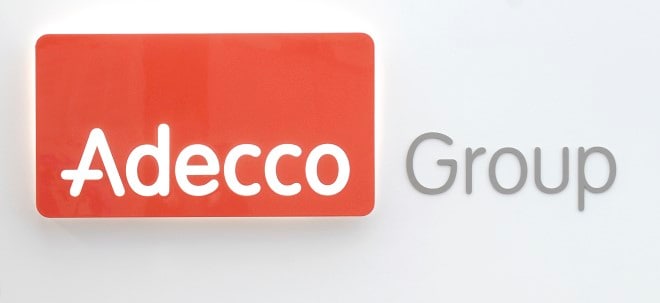RECHARGING YOUR CELL PHONE, MOTHER NATURE'S WAY
(For release Sunday, Jan. 31)
A new solar cell that imitates Mother Nature’s way of converting sunlight to energy is making its debut in a variety of consumer products.
The technology uses a photosensitive dye to start its energy production, much the way leaves use chlorophyll to begin photosynthesis.
The dye-sensitized cells will be used to provide power for devices ranging from e-book readers to cell phones – and will take some interesting forms. For e-book readers, for example, the cells may be found in thin, flexible panels stitched into the reader’s cover. But such panels will also be housed in new lines of backpacks and sports bags, where they can recharge devices like cell phones and music players.
The technology, long in development, will work best in full, direct sunshine, said Dr. Michael Graetzel, a chemist and professor at the Ecole Polytechnique Federale de Lausanne in Switzerland. But the cells will also make good use of dappled and ambient light, including the indoor light of fluorescent bulbs, he said.
Most photovoltaic cells are based on silicon or related inorganic materials, not dyes. Graetzel and an American colleague, Brian O’Regan, first reported on the new type of cell in the journal Nature in 1991, and Graetzel said that he and other colleagues had been working since then to refine the technology. Now G24 Innovations, a company in Campbell, Calif., that has licensed the technology, is using it to make solar panels at its plant in Cardiff, Wales, said John Hartnett, G24’s chief executive.
Some of the panels will be placed on covers designed as an accessory for Sony e-book readers, said Tobi Doeringer, the director of global sales at Mascotte Industrial Associates, a Hong Kong company that makes bags to carry cameras, phones, sports equipment, electronic games and other products.
Doeringer said the covers, costing about $99, would be available by March. The cover supplies the power via a plug in a cradle along its spine.
The panels will also be installed on tennis bags, backpacks and messenger bags that have battery chargers within, as well as on bicycle, golf, shopping and beach bags. Prices of the bags will typically range from $149 to $249, he said, depending on the materials and size of the bag. Owners can plug their phones and music players into the bag for recharging, using a USB cord.
Some bags are already available, including messenger bags from Tonino Lamborghini, a brand licensed and distributed by Mascotte. Others will be on the market by the end of the first quarter, he said.
The solar panels have 11 cells each, said Kevin Tabor, director of science and research at G24. Wiring goes from the panel to a battery pack in the bag, he said. It takes about six to eight sunny hours outside for the panel to fuel the recharger, he said, but longer indoors.
The performance of the dye-sensitized cells has improved steadily in the laboratory, Graetzel said. “Our dyes and electrolytes have changed,” he said, and the cells have become more efficient at converting sunlight to electricity.
Within the solar cell, the dye is painted in a thin layer on a porous titanium dioxide scaffold to collect light and, in a series of steps, create power.
An Australian company, Dyesol, supplies materials to G24 Innovations and other companies developing dye solar cell technology, said Marc Thomas, the chief executive of Dyesol’s North American operations in Sacramento. Dyesol provides the dye, titanium pastes and the electrolytes for the thin-film technology, he said. Titanium dioxide is a common, inexpensive ingredient that is used, for example, to whiten toothpaste.
Thomas noted that Dyesol customers were planning to use the technology to prolong battery life in devices like wireless sensors and keyboards.
The cells draw on many surprising sources of light, he said, including some that offer the barest trickle. “We’ve even had a case where we have generated voltage from moonlight,” he said.
http://elpasoinc.com/...spx?guid=d2c4ab0d-e7d0-f601-7ac2-0ae84b63d78e
grüße
|
 1 |
... |
27 |
28 |
29 |
|
31 |
32 |
33 |
...
| 510
1 |
... |
27 |
28 |
29 |
|
31 |
32 |
33 |
...
| 510


 Thread abonnieren
Thread abonnieren


